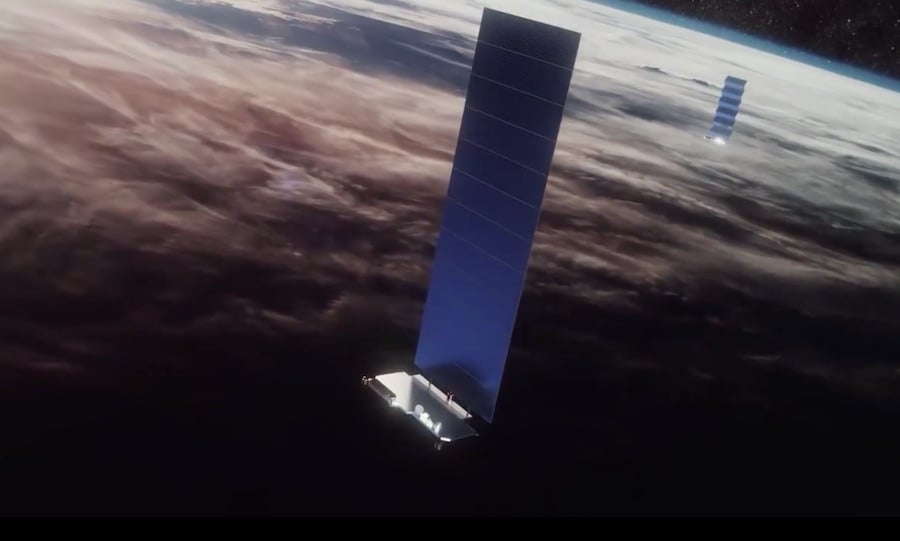
By now, you've no doubt heard of (or seen) Starlink. SpaceX's mega-satellite constellation has become a permanent fixture in our skies as of late, with several routine passes on any given week. But have you seen the supposed 'black sheep' of the flock, DarkSat?
Continue reading

China's Chang'e-4 mission just released a trove of data collected by the lander and rover during its year-long exploration of the far side of the Moon.
Continue reading

A new study has shown how gas giants (like Proxima c) can exist around Red Dwarf suns, the most common type of star in the Universe
Continue reading

Boeing has released a highlight reel made from footage that was taken from the inside of the Starliner capsule during its recent test flight.
Continue reading

This image of Phobos in the sky above Mars was taken by Curiosity in 2012 and was recently refurbished by famed NASA software engineer Kevin Gill.
Continue reading

SpaceX nailed the in-flight abort test of its Crew Dragon capsule this weekend, putting them one step closer to sending astronauts to the ISS from US soil!
Continue reading

Scientists have found six objects near the center of our galaxy that orbit Sagittarius A. These objects appear to be a new class of object that astronomers have never before seen.
Continue reading

On Saturday morning, Jan. 18th, 2020, SpaceX and NASA will be conducting the in-flight abort test of the Crew Dragon, bringing it one step closer to sending astronauts to the ISS.
Continue reading


















